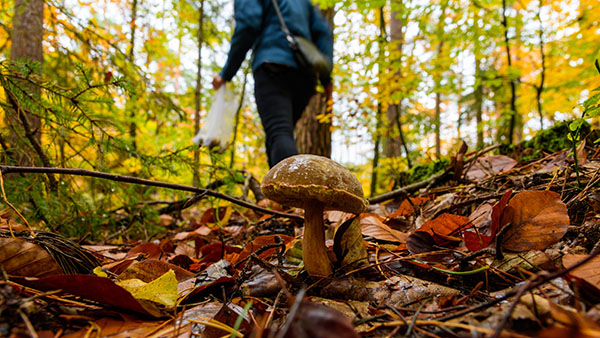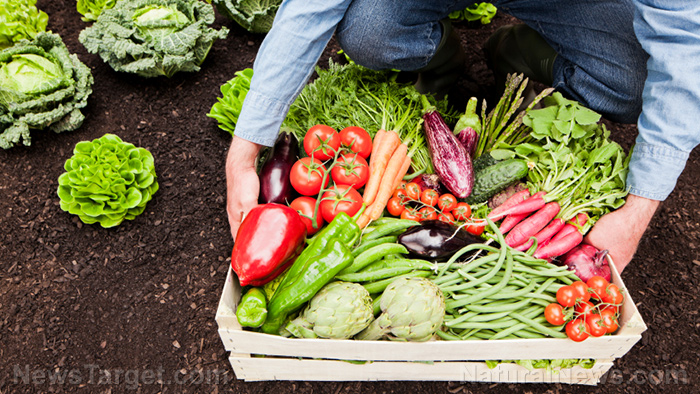
What is bull thistle?
Bull thistle (Cirsium horridulum), also called bristly thistle, is an herb with distinctive prickles. Livestock owners aren't fond of this herb because only a handful of domesticated animals will feed on it.
Bull thistle can grow in different environments, but it will thrive in disturbed soil. The plant grows best in soils with intermediate moisture, but it can also grow in dry and wet soils.
You can occasionally find bull thistle in your lawn or garden. The plant will also grow near the edges of woods, fence lines, pastures, and roadsides.
How to identify a bull thistle
Bull thistle is an annual or biennial herb. The plant has a fleshy taproot on horizontal or vertical root-stocks with several side roots. This kind of thistle is usually spindle-shaped, and some are swollen or filled with fibers. Its roots are usually white, but they can also be tinted with the color of its soil.
Thistle stems are straight and either branched or unbranched. Thistle can grow up to six feet tall, and covered with white woolly hairs.
The stems bear spines. When you cut the stems, the sap that oozes may be clear or whitish-yellow. The sap has a sharp, bitter taste. Stems become hollow when the plant matures.
Bull thistle has alternate, lanceolate (lance-shaped) leaves with rough, bristly hairs on top and hairy underneath. The leaves can grow from 7.5 to 30 cm long.
Lobes on the leaves are tipped with stout spines. However, mature leaves grow down the stem beyond their bases, making the stalk appear "winged" and prickly lobed leaf-like structures.
Bull thistle flower heads are purple, measuring 3.5 to 5 cm in diameter, 2.5 to 5 cm long. The flowers tend to be solitary. Flower clusters grow at the ends of shoots and branches.
Bull thistle as food source
Except for the spines, all parts of bull thistle can be used for food, making it essential for foragers. (Related: Why you should learn about herbs in your area: Wild edibles and medicinal plants can offer food security.)
Bull thistle root is edible, but it is best served with other vegetables. Cook young flower stems before serving.
Thistle leaves taste rather bland. Remove the prickles from the leaves before preparation. Young thistle leaves can be eaten in a salad or cooked as a vegetable.
Cook flower buds and use them as globe artichokes. Bull thistle seeds can be roasted before eating.
Bull thistle as an herbal remedy
According to herbalists and homeopathic practitioners, thistles have the following properties:
- Anti-inflammatory
- Astringent
- Cooling
- Diuretic
- Hemostatic
- Sharp-tasting
Tea made from thistle root can help relieve the symptoms of diarrhea, dysentery, and intestinal flu.
Tea made from fresh, young thistle leaves can help address bladder complaints, kidney infections, and urinary problems. The tea can also be used to wash and treat mild burns.
Bull thistle as cordage
Fresh thistle stems contain hard fibers that run parallel from the roots to the flower head.
Pull the fibers by hand from the stems, then twist the fibers into a strong twine. Let the twine thoroughly dry for several days before use. Make larger ropes by plaiting long strands of thistle twine.
Use thistle stem fibers to weave a coarse cloth that can be used as a makeshift canvas. Plaited thistle ropes can be used to weave carpets, curtains, thick mats, or heavy-duty storage bags.
Dry thistle seed down (hairs) are soft, making them the perfect tinder for firestarting. Combine the down with dried stem fibers or root-bark chips for best results when catching and kindling flaming sparks.
Learn to identify different types of thistle, like bull thistle, and know their different uses by heart. When SHTF, you can use thistles as food, herbal remedies, or as emergency cordage.
Sources include:
Please contact us for more information.























